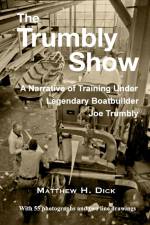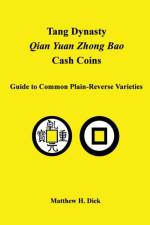- Guide to Common Plain-Reverse Varieties
av Matthew Dick
297
China's Tang Dynasty, lasting for 289 years from 618 to 907 AD, was a golden age, when literature, art, technological innovation, and trade flourished. To support a currency-based economy for a population that numbered 80 million by the end of the dynasty, two main series of bronze cash coins were produced in the millions, one of which bears the inscription ¿¿¿¿ ¿Qian Yuan Zhong Bao; QYZB). The foremost previous reference on QYZB is Ken Gen Jû Hô Senfu (2005) by Shôji Yoshida, written in Japanese.While generally following Yoshida's classification, this guide documents more of the fine-scale variation in the main groups of QYZB. It begins with introductory material on the historical context of the coins, their method of production, what defines a variety, fake QYZB, and terminology and identifying features. One short appendix discusses whether and how to clean cash coins, and another presents guidelines for purchasing them on the Internet.The body of the guide lists 457 varieties or variants of mostly value-1 (< 26 mm in diameter) coins lacking a reverse mark, with original rubbings from 461 coins, including 44 entries for small, privately cast coins having a reverse ring. A detailed description of identifying features accompanies each set of rubbings. While this guide treats many plain-reverse varieties not appearing in Yoshida's book, the converse is also true. People attempting to identify value-1 QYZB will need both guides and will undoubtedly still encounter coins not attributable in either, because much remains to be learned about value-1 QYZB.


